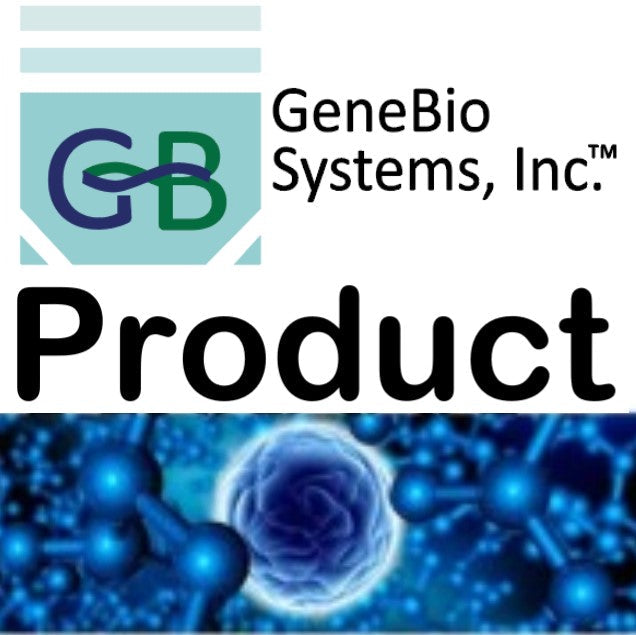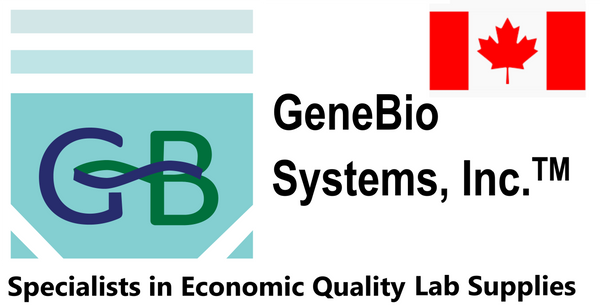Gene Bio Systems
Recombinant Apis mellifera Major royal jelly protein 1(MRJP1)
Recombinant Apis mellifera Major royal jelly protein 1(MRJP1)
SKU:CSB-YP522725DNK
Couldn't load pickup availability
>Several Other Sizes Are Also Available. Please Inquire. Default Size: 200ug
Updated Date: Stock Protein updated on 20170725
Research areas: Others
Target / Protein: MRJP1
Biologically active: Not Tested
Expression system: Yeast
Species of origin: Apis mellifera (Honeybee)
Delivery time: 3-7 business days
Uniprot ID: O18330
AA Sequence: NILRGESLNKSLPILHEWKFFDYDFGSDERRQDAILSGEYDYKNNYPSDIDQWHDKIFVTMLRYNGVPSSLNVISKKVGDGGPLLQPYPDWSFAKYDDCSGIVSASKLAIDKCDRLWVLDSGLVNNTQPMCSPKLLTFDLTTSQLLKQVEIPHDVAVNATTGKGRLSSLAVQSLDCNTNSDTMVYIADEKGEGLIVYHNSDDSFHRLTSNTFDYDPKFTKMTIDGESYTAQDGISGMALSPMTNNLYYSPVASTSLYYVNTEQFRTSDYQQNDIHYEGVQNILDTQSSAKVVSKSGVLFFGLVGDSALGCWNEHRTLERHNIRTVAQSDETLQMIASMKIKEALPHVPIFDRYINREYILVLSNKMQKMVNNDFNFDDVNFRIMNANVNELILNTRCENPDNDRTPFKISIHL
Tag info: N-terminal 6xHis-tagged
Expression Region: 20-432aa
Protein length: Full Length of Mature Protein
MW: 48.9 kDa
Alternative Name(s): 56-kDa protein 4 ;p56kP-4Bee-milk proteinRoyalactin
Relevance: Major royal jelly protein 1: induces the differentiation of honeybee larvae into queens through an Egfr-mediated signaling pathway. Promotes body >Several Other Sizes Are Also Available. Please Inquire. Default Size increase by activating p70 S6 kinase, stimulates ovary development by augmenting the titer of vitellogenin (Vg) and juvenile hormone, and reduces developmental time by increasing the activity of mitogen-activated protein kinase and inducing the 20-hydroxyecdysone protein (20E). Most abundant protein found in the royal jelly which is the food of the queen honey bee larva. The royal jelly determines the development of the young larvae and is responsible for the high reproductive ability of the honeybee queen.Jellein-1: has antibacterial activity against the Gram-positive bacteria S.aureus ATCC 6535, S.saprophyticus and B.subtilis CCT2471, and the Gram-negative bacteria E.coli CCT1371, E.cloacae ATCC 23355, K.pneumoniae ATCC 13883 and P.aeruginosa ATCC 27853, and antifungal activity against C.albicans. Lack cytolytic activity and does not induce rat peritoneal mast cell degranulation.Jellein-2: has antibacterial activity against the Gram-positive bacteria S.aureus ATCC 6535, S.saprophyticus and B.subtilis CCT2471, and the Gram-negative bacteria E.coli CCT1371, E.cloacae ATCC 23355, K.pneumoniae ATCC 13883 and P.aeruginosa ATCC 27853, and antifungal activity against C.albicans. Lack cytolytic activity and does not induce rat peritoneal mast cell degranulation.Jellein-4: lacks antibacterial and antifungal activity. Lacks cytolytic activity and does not induce rat peritoneal mast cell degranulation.
Reference: A hypopharyngeal gland protein of the worker honeybee Apis mellifera L. enhances proliferation of primary-cultured rat hepatocytes and suppresses apoptosis in the absence of serum.Kamakura M., Sakaki T.Protein Expr. Purif. 45:307-314(2006)
Purity: Greater than 90% as determined by SDS-PAGE.
Storage: The shelf life is related to many factors, storage state, buffer ingredients, storage temperature and the stability of the protein itself. Generally, the shelf life of liquid form is 6 months at -20℃/-80℃. The shelf life of lyophilized form is 12 months at -20℃/-80℃.
Notes: Repeated freezing and thawing is not recommended. Store working aliquots at 4℃ for up to one week.


